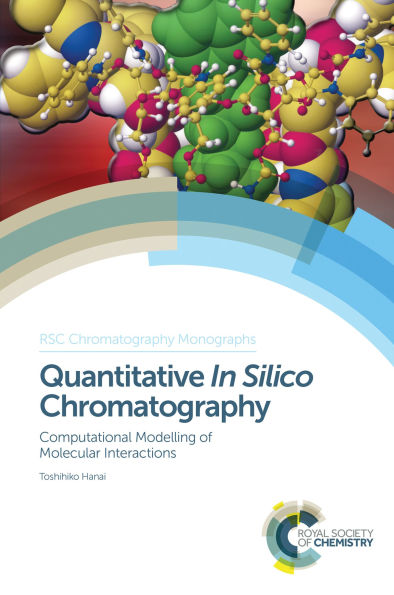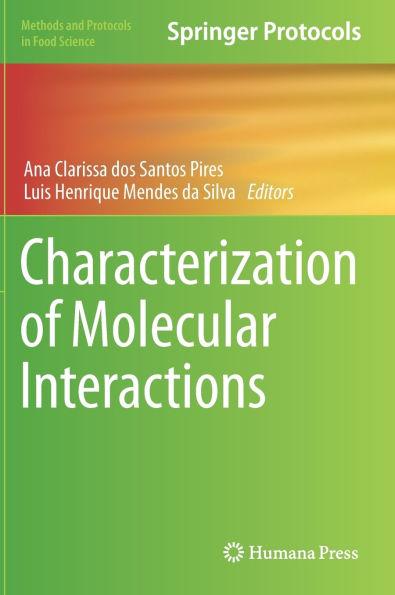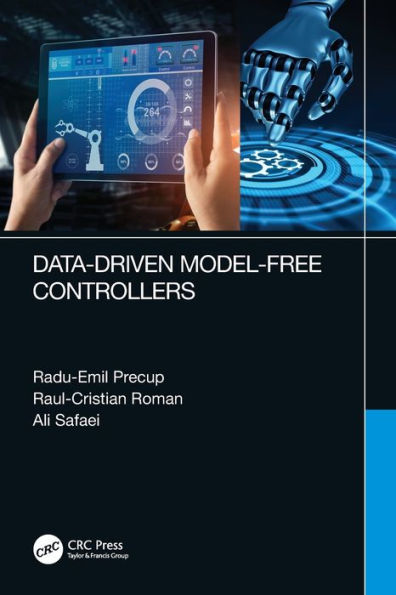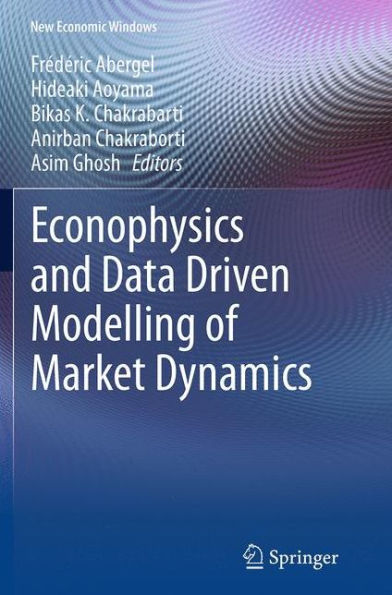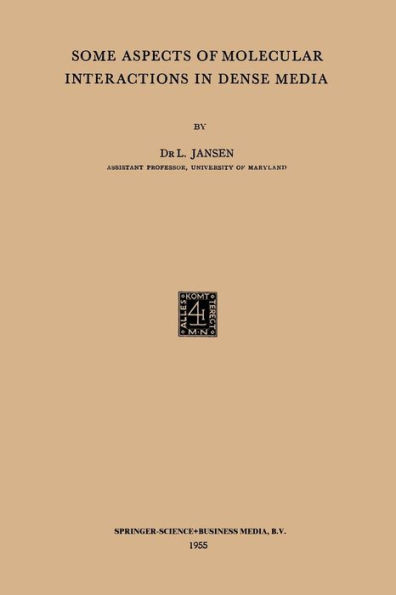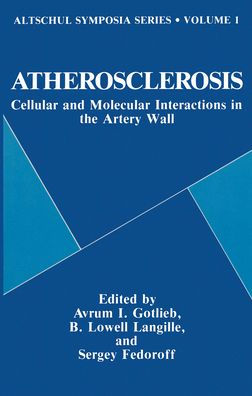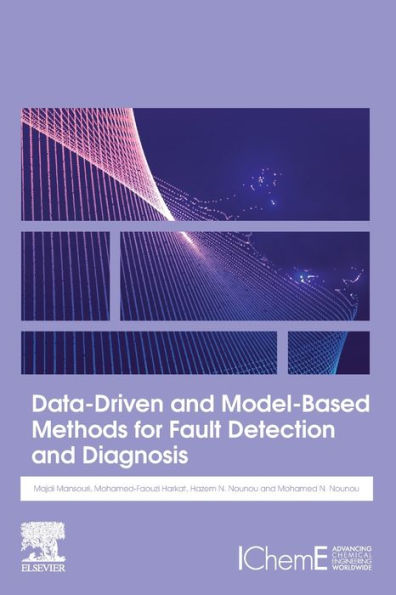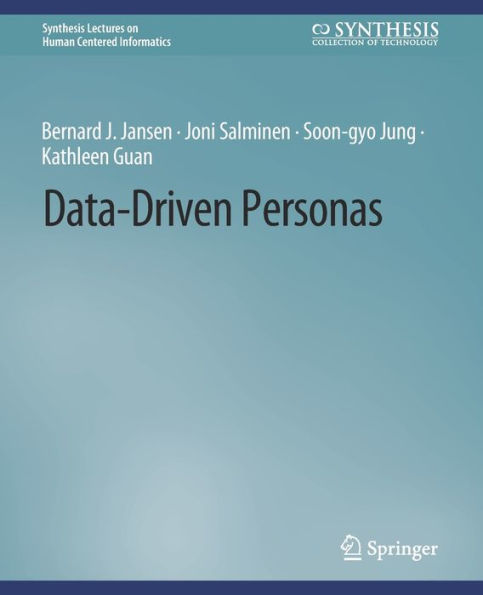Home
Data-driven modeling of molecular interactions at the trans-Golgi network of mammalian cells
Barnes and Noble
Loading Inventory...
Data-driven modeling of molecular interactions at the trans-Golgi network of mammalian cells
Current price: $60.00
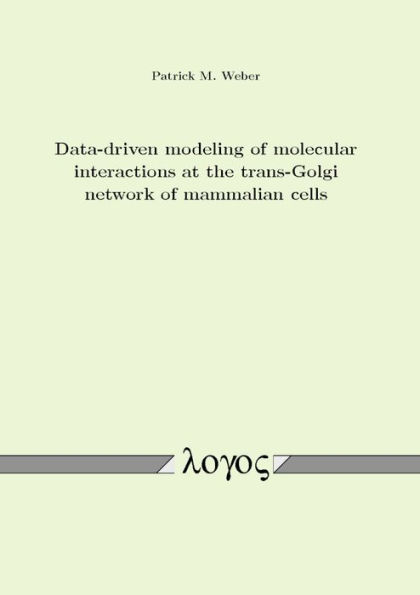
Barnes and Noble
Data-driven modeling of molecular interactions at the trans-Golgi network of mammalian cells
Current price: $60.00
Loading Inventory...
Size: OS
*Product information may vary - to confirm product availability, pricing, shipping and return information please contact Barnes and Noble
In this thesis simulation models have been developed and validated to investigate the protein-lipid interaction mechanisms at the trans-Golgi network (TGN) of mammalian cells. In two systems biological studies, ordinary differential equation models were used to examine the interactions between the lipids involved in the sphingomyelin synthase 1 reaction at the TGN and the proteins involved in the regulation of non-vesicular Endoplasmic reticulum to TGN ceramide transfer. These systems include the lipids ceramide, phosphatidyl choline, diacylglycerol and sphingomyelin and the proteins protein kinase D (PKD), phosphatidyl inositol-4-kinase III ss and ceramide transfer protein (CERT), respectively. The final results comprise a quantitative model of this network, and a comparison of competing hypotheses regarding the mechanism of ceramide transfer. Major biological findings are that PKD and CERT work together in a cooperative manner to perform ceramide transfer by forming a positive feedback regulation. Important methodological side results of this thesis are a novel absolute quantification scheme for proteins via Western Blot data and a Bayesian experiment design method.
In this thesis simulation models have been developed and validated to investigate the protein-lipid interaction mechanisms at the trans-Golgi network (TGN) of mammalian cells. In two systems biological studies, ordinary differential equation models were used to examine the interactions between the lipids involved in the sphingomyelin synthase 1 reaction at the TGN and the proteins involved in the regulation of non-vesicular Endoplasmic reticulum to TGN ceramide transfer. These systems include the lipids ceramide, phosphatidyl choline, diacylglycerol and sphingomyelin and the proteins protein kinase D (PKD), phosphatidyl inositol-4-kinase III ss and ceramide transfer protein (CERT), respectively. The final results comprise a quantitative model of this network, and a comparison of competing hypotheses regarding the mechanism of ceramide transfer. Major biological findings are that PKD and CERT work together in a cooperative manner to perform ceramide transfer by forming a positive feedback regulation. Important methodological side results of this thesis are a novel absolute quantification scheme for proteins via Western Blot data and a Bayesian experiment design method.
